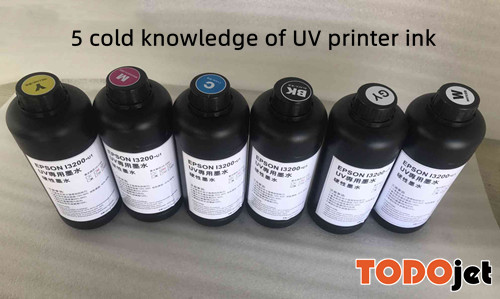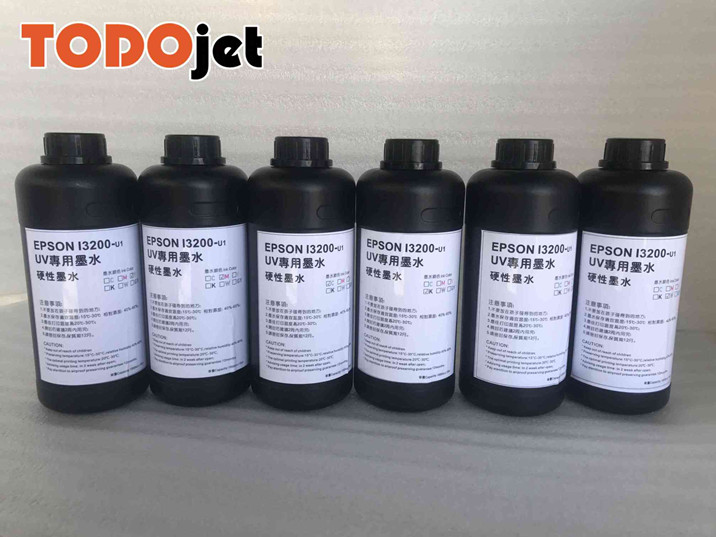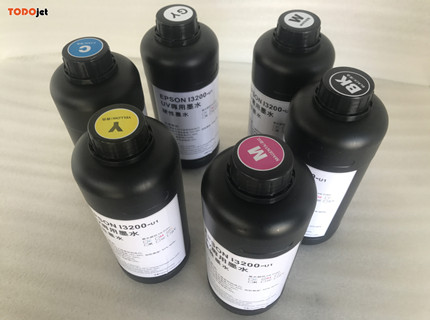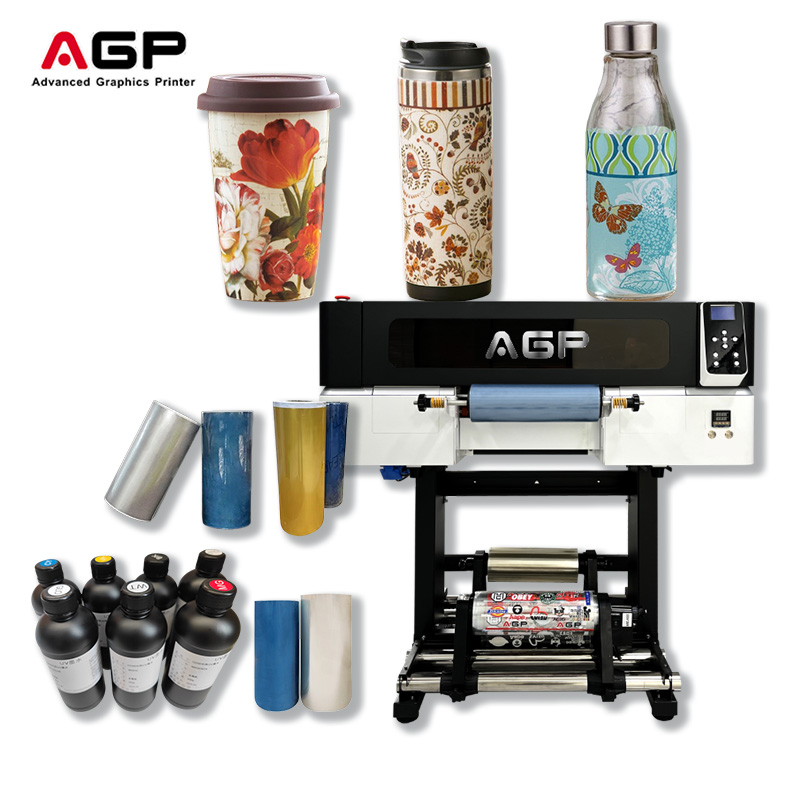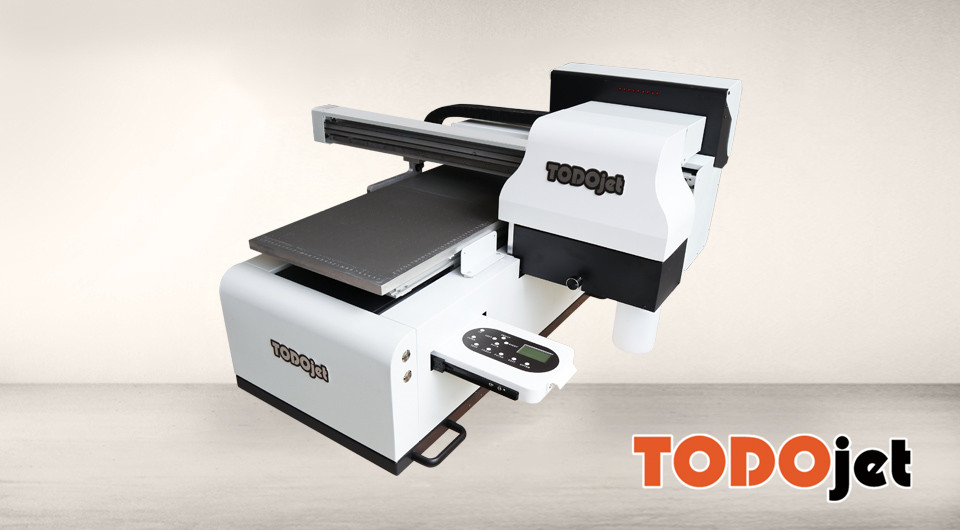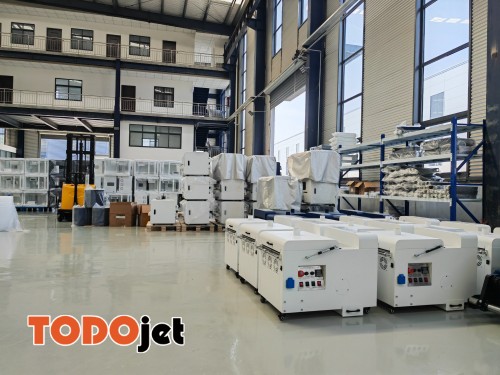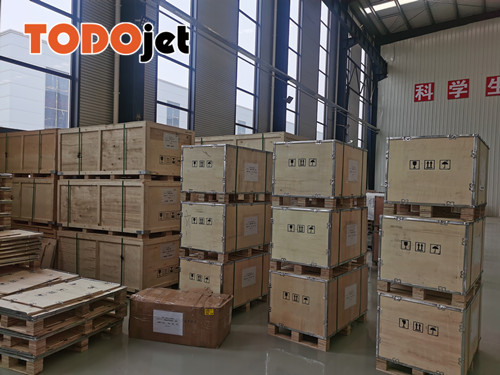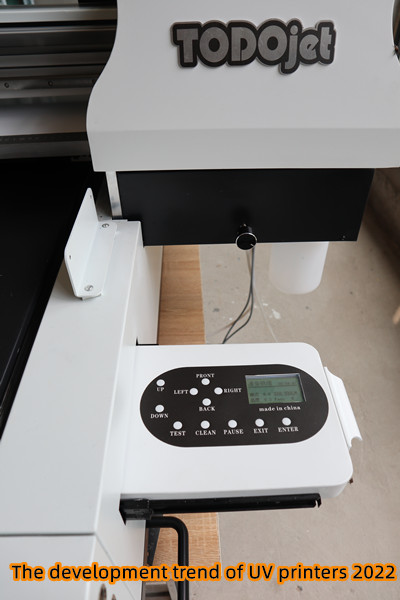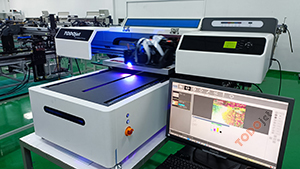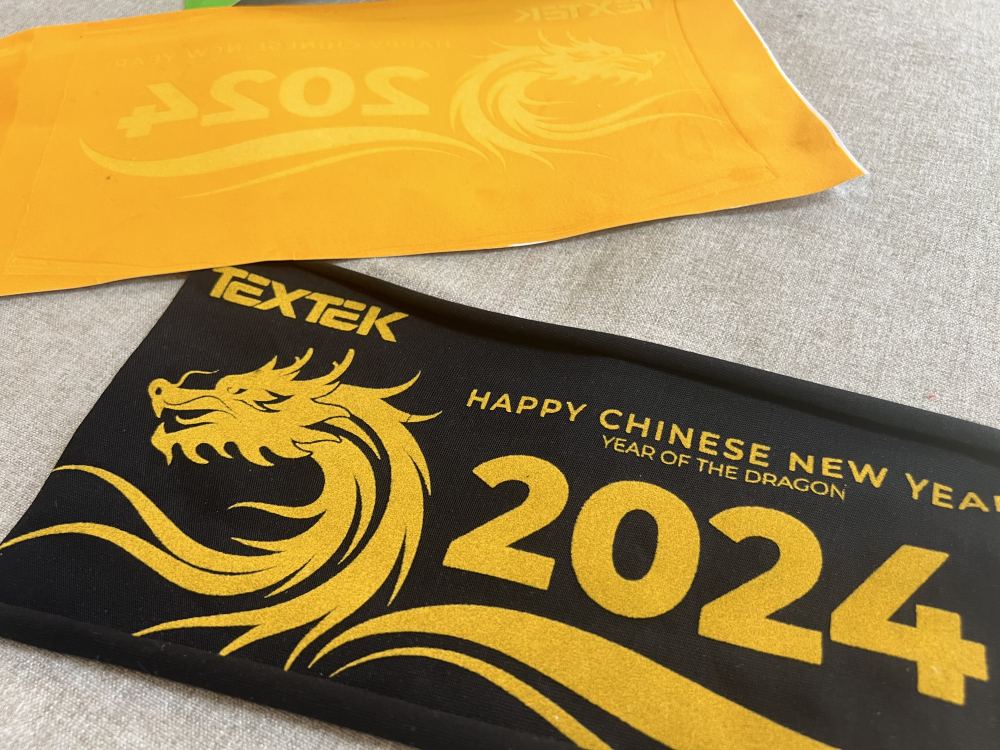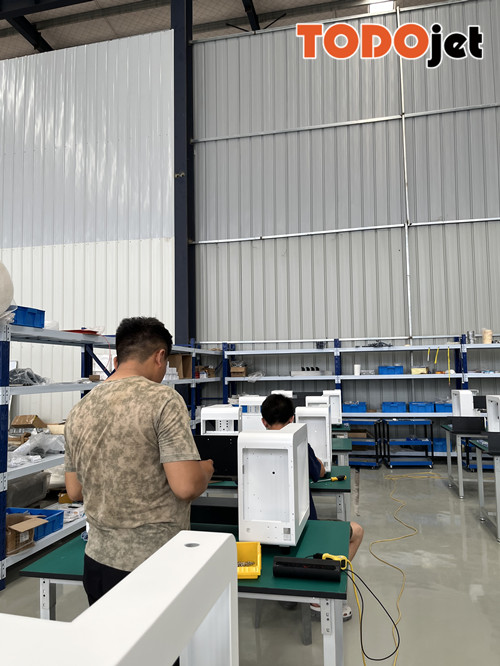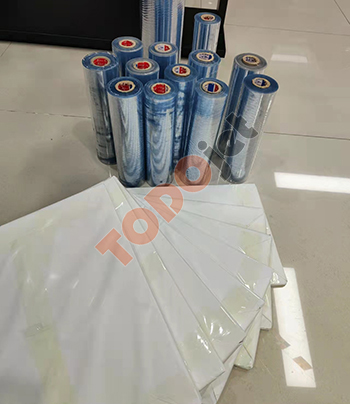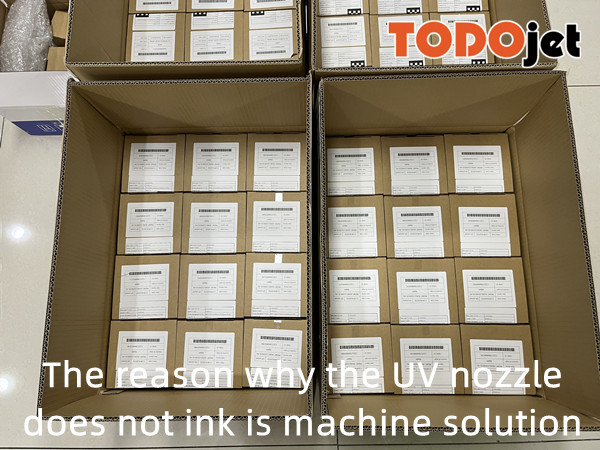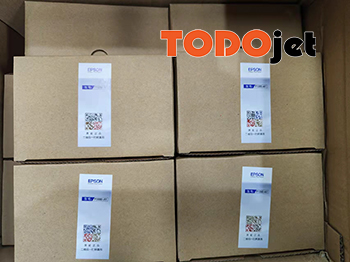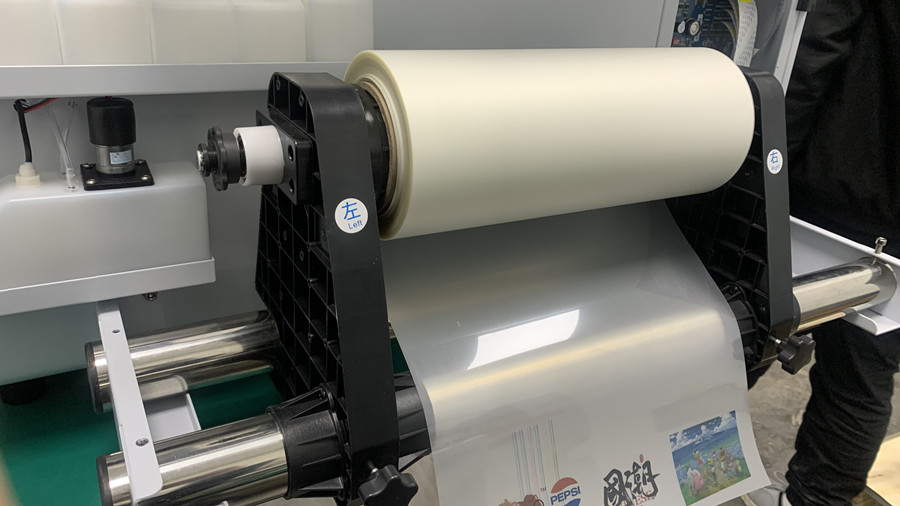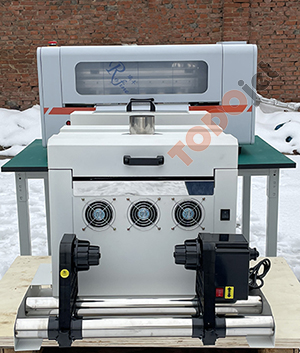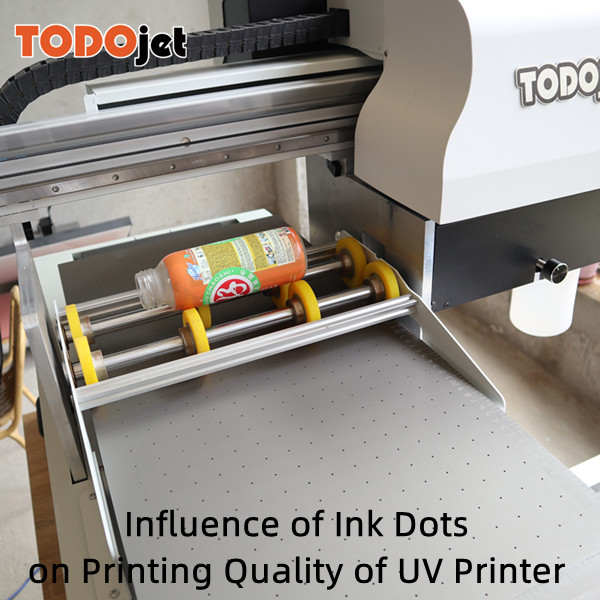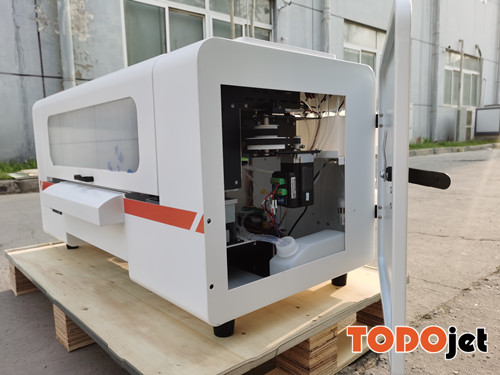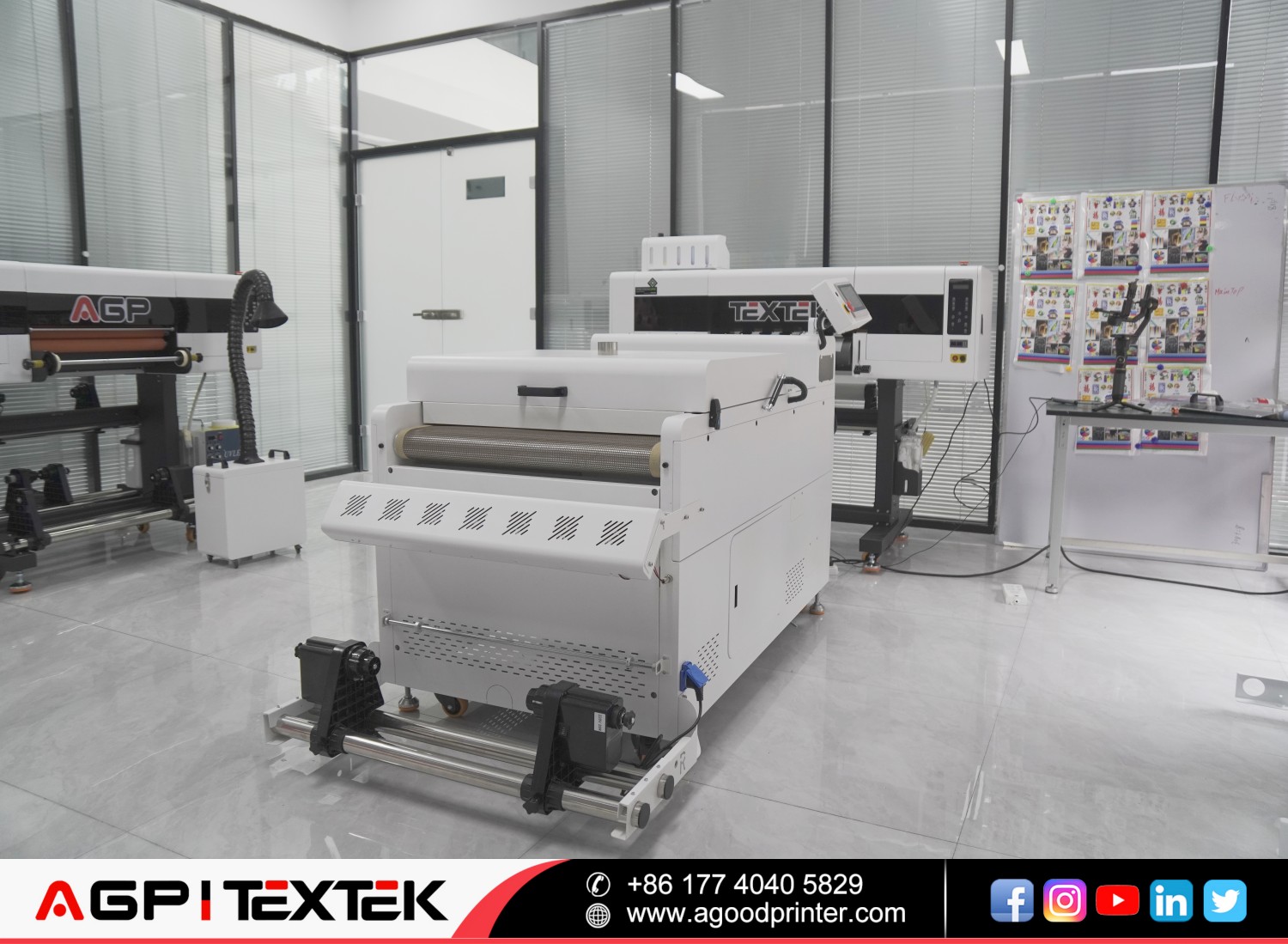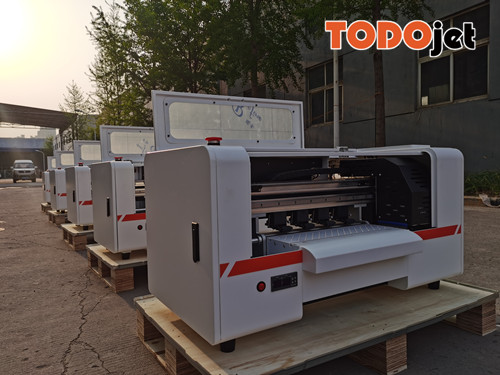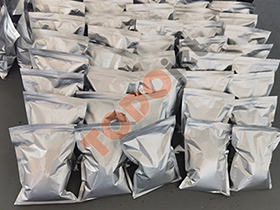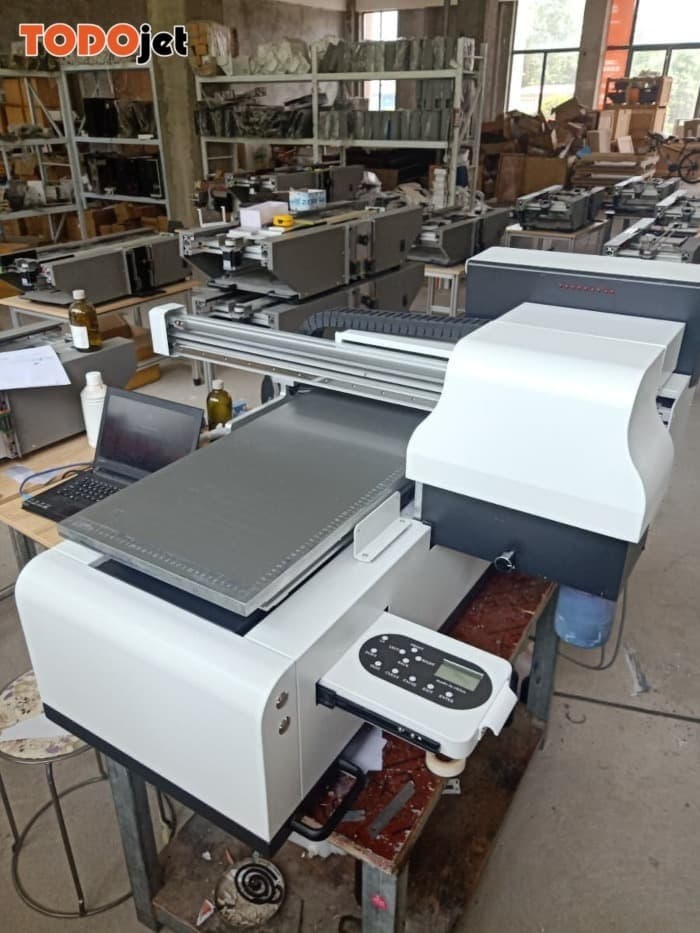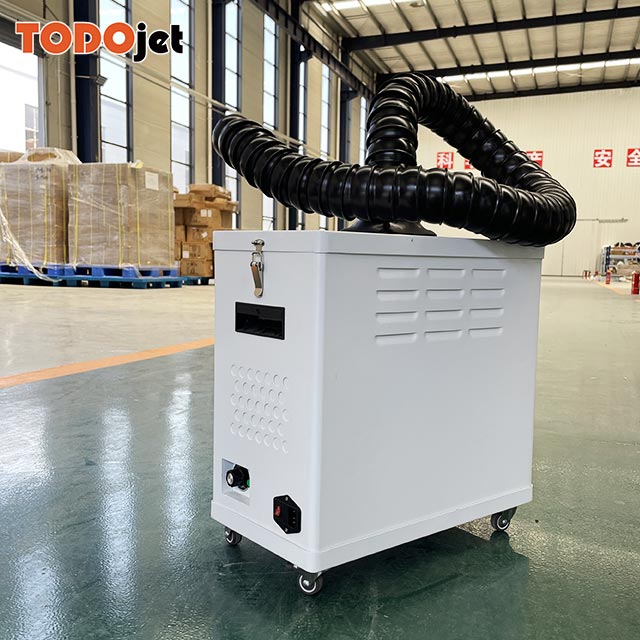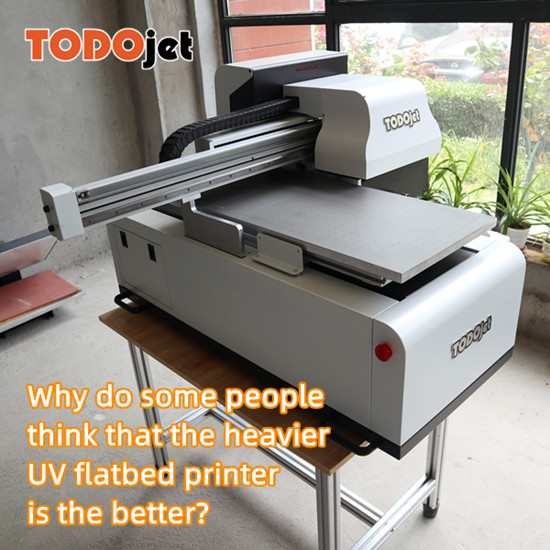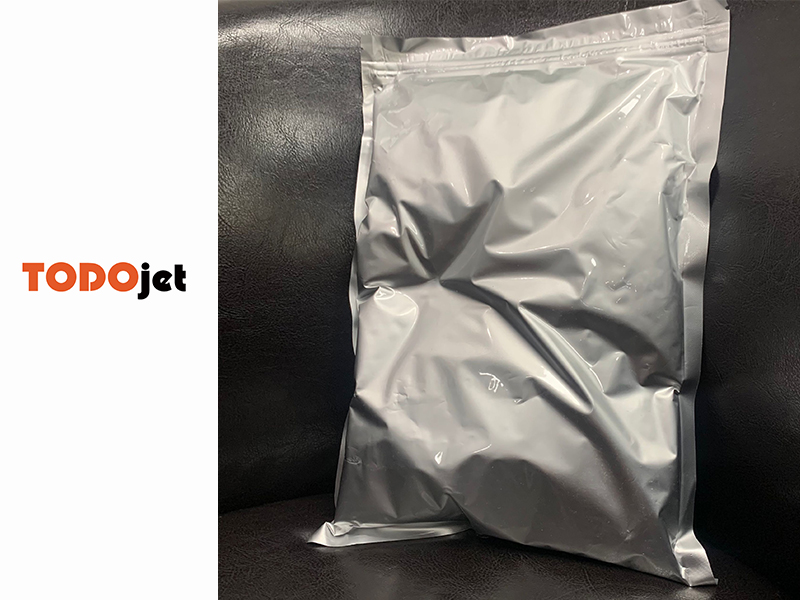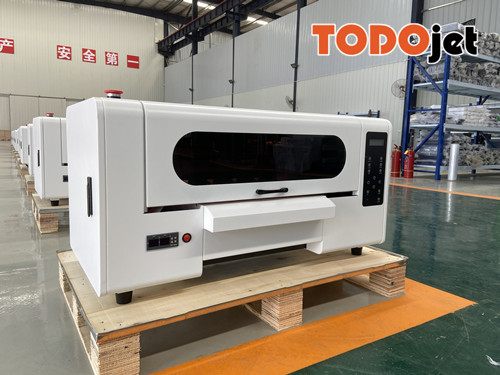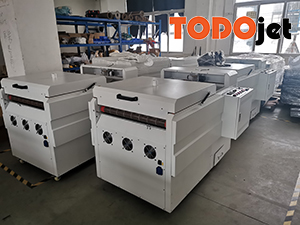M, Y, C, and K follow this order, and especially if K is printed at high density, incomplete curing may occur.
There is almost no difference in the curing speed of the color between M and Y, but C slows down, and K slows down in particular.
The reason is that carbon used for black UV ink absorbs light
Even with UV light irradiation, the starting point of the reaction cannot be sufficiently generated, and curing becomes incomplete.
M and Y absorb almost no UV rays, while C, K, and especially black, absorb UV rays to a large extent.
two: the concentration control of black UV ink is very important
Black UV ink is grayish. If the black color is too large, there is a danger of causing poor curing and adhesion, leading to blocking, so it is difficult to absolutely control the density of the black UV ink.
three: the viscosity of UV ink with temperature has a great influence
UV inks tend to have large viscosity changes with temperature
In the morning when the UV printer is cooling down, the UV ink may be too hard. At noon the temperature rises and becomes hot, then the UV ink will become soft. In order to maintain the smoothness of UV ink, air conditioners are generally installed in summer and heating is installed in winter.
four: The gloss of UV ink is lower than that of oily ink
The reason why it is difficult to obtain high gloss compared to oil-based inks is because the UV ink cures very quickly and it will cure after printing before it becomes smooth and smooth. Since light is diffusely reflected on the surface of the UV ink, gloss becomes difficult to appear.
Five: Can’t Copy the Intermediate Color in UV Ink
Neutral colors (light beige, light gray, and other subtle colors) of UV inks are difficult to reproduce. Before each print, a UV printer needs to be tested.

